Search
Search Results
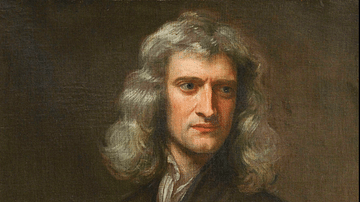
Definition
Isaac Newton
Isaac Newton (1642-1727) was an English mathematician and physicist widely regarded as the single most important figure in the Scientific Revolution for his three laws of motion and universal law of gravity. Newton's laws became a fundamental...
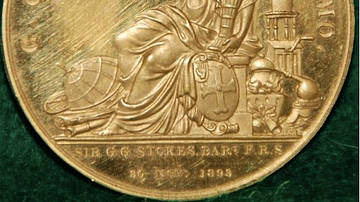
Article
The Foundation of the Royal Society
The Royal Society was founded in 1662 to promote scientific research and increase our knowledge of the natural world. With royal patronage and a stellar membership of great minds, the society quickly gained international recognition for its...
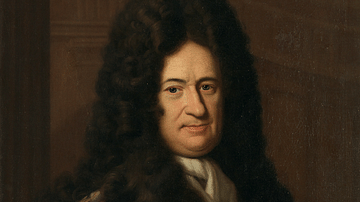
Definition
Gottfried Wilhelm Leibniz
Gottfried Wilhelm Leibniz (1646-1716) was a German polymath who became well-known across Europe for his work, particularly in the fields of science, mathematics, and philosophy. Leibniz's rationalist philosophy attempted to reconcile traditional...
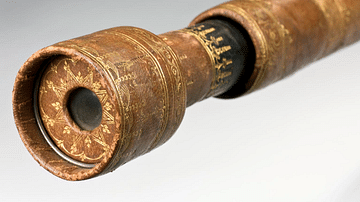
Article
The Telescope & the Scientific Revolution
The invention of the telescope in 1608 is usually credited to the Dutchman Hans Lippershey. The astronomical telescope became one of the most important of all instruments during the Scientific Revolution when figures like Galileo (1564-1642...
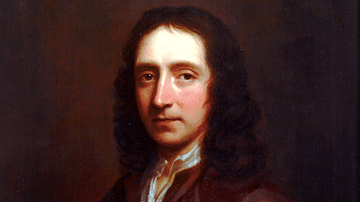
Definition
Edmond Halley
Edmond Halley (1656-1742) was an English astronomer, mathematician, and cartographer. Halley's Comet is named after him since he accurately predicted its return in 1758. One of the early globetrotting scientists, Halley led several maritime...
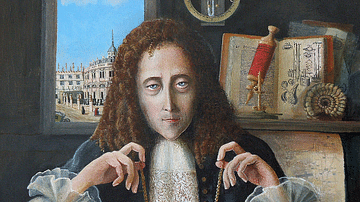
Definition
Robert Hooke
Robert Hooke (1635-1703) was an English scientist, architect, and natural philosopher who became a key figure in the Scientific Revolution. Hooke conducted his scientific experiments outside the auspices of universities, and he was a great...
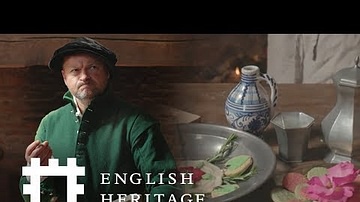
Video
What Was Life Like | Episode 7: Tudors - Meet A Tudor Cook
Experience what it was like to cook in a Tudor kitchen, through the eyes of young English Heritage Members’ Adham and Olivia. They go inside the grounds of Gainsborough Old Hall to meet Tudor cook, Thomas Griffin, cook to Lord William of...

Image
Newton's Prism
Two prisms illustrating the discovery by Isaac Newton (1642-1727) that a single beam of white light could be split into a spectrum of colours, each colour being refracted at a slightly different angle from the other.
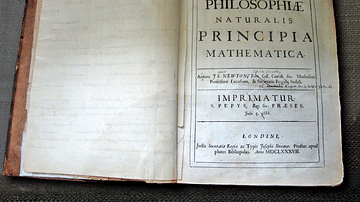
Image
Newton's Copy of Principia
The personal copy of Isaac Newton's (1642-1727) own work Principia in which he outlines his three laws of motion and universal law of gravity. (Wren Library, Trinity College, Cambridge)
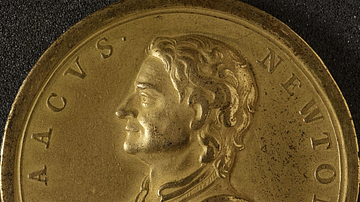
Image
Newton Commemorative Medal
A gilded commemorative medal showing the mathematician and physicist Isaac Newton (1642-1727). Made in England in 1726. (Science Museum, London)